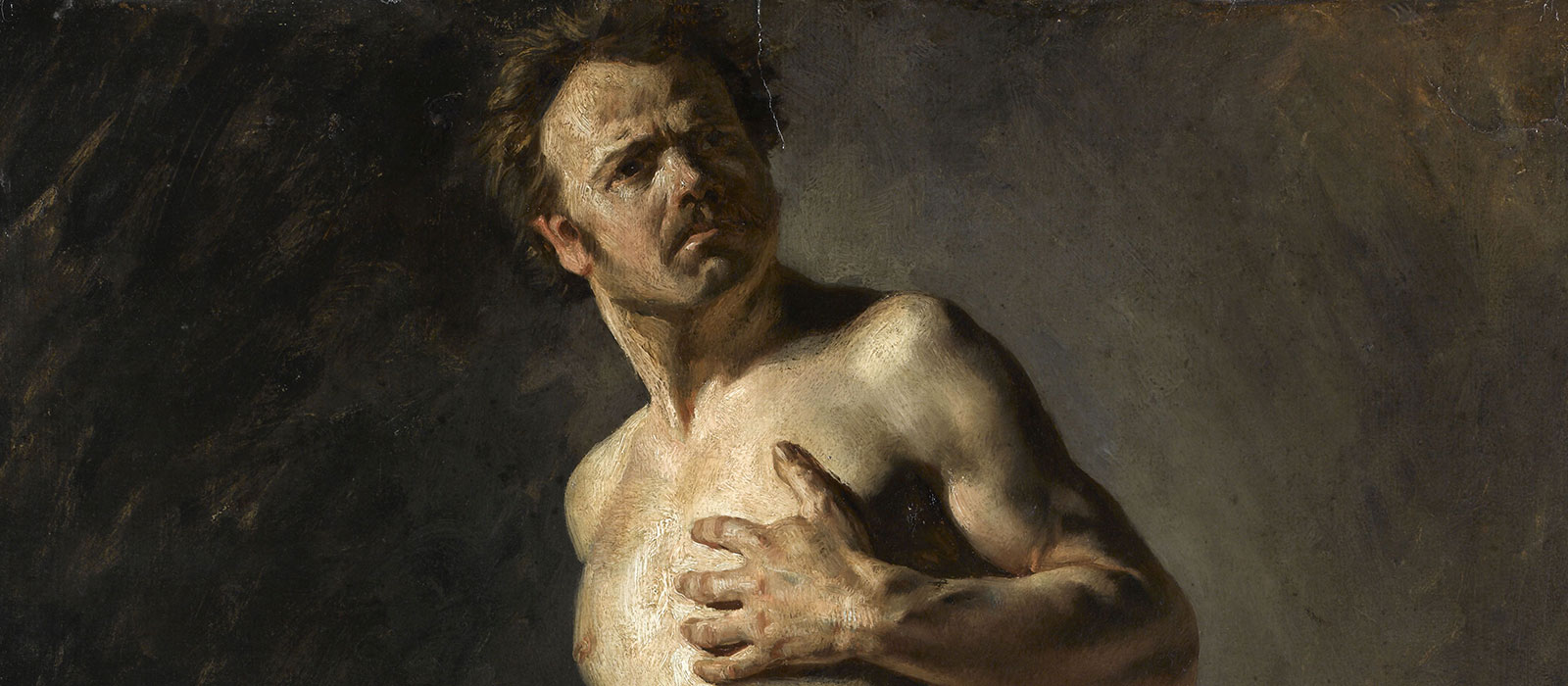What’s on
Delacroix and Ancient Art
from December 9, 2015 to March 7, 2016
In 1857, Delacroix moved to Rue de Fürstenberg, where he had the opportunity to have a sizeable studio built in the garden reserved for his exclusive use. For the decoration of the facade facing the garden, he opted for plaster casts of ancient sculptures similar in nature to the facades of English neoclassical residences.
A blend of Athens and Rome, the battles waged by Theseus and the harmony afforded by the fine arts, the instant of combat and the eternity of artistic creation, the facade of the painter’s final studio composes an intimate journey of sorts, like a tribute to the secret antiquity of Delacroix.
After six fruitless attempts, the artist was elected to the French Academy of Fine Arts early that same year. As a new member, who had no formal training in Academic art, he took this social position to heart. His move to Place de Fürstenberg was also when he began to draft entries for a dictionary of fine arts, based on previous writings in his Journal and his articles.
This unprecedented exhibition has the benefit of special loans from the Bibliothèque Nationale de France and the Coins, Medals and Antiques Department in particular. It also enjoys loans from the British Museum, French museums, and the Musée du Louvre, particularly the Department of Greek, Etruscan, and Roman Antiquities, the Department of Prints and Drawings, and the Department of Paintings. It offers insight into a lesser-known Delacroix while shedding light on the spaces of the Musée National Eugène-Delacroix themselves, the great painter’s final apartment and studio.


